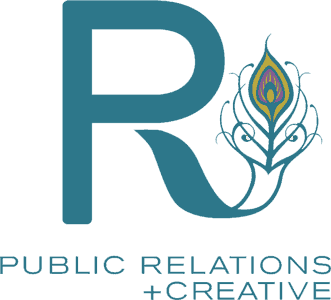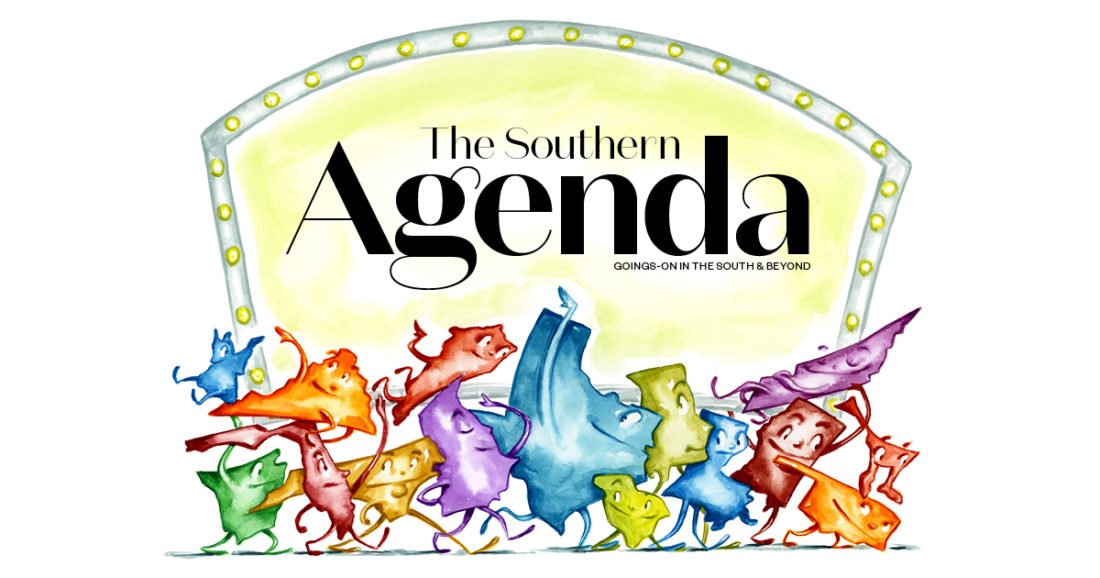R Public Relations Firm
So You Think You Don’t Need a Crisis Communication Expert
Crises happen when you least expect them. When faced with a business crisis, you may be unsure what to do next or how to mitigate damages. Crisis communication experts help businesses overcome these moments of uncertainty and move forward.

What is Crisis Communications?
Crisis Communication is the strategic communication management of a significant event that threatens an organization’s reputation or operations. It involves the development of a comprehensive plan to address the crisis, communicate key messages, and manage the flow of information.
Crises vary in severity, and this will always affect the communication plan. Some crisis communication plans require multiple steps to alleviate the effects of a natural disaster or manage a business's reputation amid negative rumors.
Role of a Crisis Communication Expert
The role of a crisis communication expert is to maintain the reputation of a business through a crisis situation. The crisis communication expert will lead any key messaging for your organization to build trust with your audience and manage momentum after the crisis.
Hiring a crisis communication expert can bring a new perspective to your organization, allowing you to see your crisis from all angles. This avoids any biases and keeps your team aligned on the bottom line.
R Take on Celebrity Crisis Communications
Recently, our founder, Emily Reynolds Bergh, was featured in a Newsweek article discussing the controversy surrounding Chris Hemsworth’s feature of creator, MrBeast, on his YouTube channel.
The controversy started with a video posted by Hemsworth titled, “I Put MrBeast To The Test In The Gym,” in which he and MrBeast worked out with friends to see who could burn the most calories in 30 minutes.
This video led viewers to voice their concerns in the comments. The YouTuber holds the record for the highest number of subscribers on the platform, with a staggering 317 million subscribers as of late September. Although his content is viewed as rather charitable, he has recently been accused of staging his content and hiring a registered sex offender to work with his team. Videos of him using racial and homophobic slurs have also resurfaced amid these accusations.

So, where does this leave Hemsworth? Many PR experts (our team included) have weighed in on the issue, agreeing that this YouTube video may leave many questioning Hemsworth’s decision. Still, it won’t likely cause irreparable damage to his reputation.
Our years of experience with crisis communications have taught us how to mediate these types of crisis situations. As for the controversy over Hemsworth’s video, we believe that he simply posted the video too soon; much of the crisis could have been mitigated with different timing.
Mr.Beast Controversy and R Founder, Emily Bergh's Statement
"The dust has not settled," Bergh told Newsweek. "The MrBeast controversy is still too new... You need people to know you're sorry. Remain quiet and demonstrate that you’re not trying to deflect.” Bergh continued, “People need to know he actually is looking at himself, his past associations, and actions—not just saying he is."
Recommended Steps for Managing a Crisis
We always recommend implementing the following steps when encountering a crisis situation: stop, apologize, acknowledge what you did and what you can do better, and then make a plan and stick to it. People can see when an apology is fluff, so be authentic when acknowledging your mistake and dedicate time to reflect. These steps help reestablish trust with your key public audiences and avoid contradictory actions.
Whether you’re a celebrity, international business, or anything in between, it’s vital to consider how decisions affect your public image. You can apply these steps to any similar situation, no matter what kind of business you are.
If you encounter a crisis, seriously consider if hiring a crisis communication expert is right for you. In most cases, a crisis communications expert will help your business bounce back from a crisis by providing positive messaging guidance and keeping you on track.
The Impact of Podcasts on Your PR Effort
Podcasts are growing rapidly, so much so that podcast listeners are projected to reach over 110 million by 2029, according to a study done by Statista. According to Demandsage, there are around 4 million podcasts worldwide as of August 2024. Podcasts cover a vast range of topics and have become a source of news, inspiration, and entertainment for many. The increasing popularity and demand for podcasts are apparent, and industries, including public relations (PR), are accommodating this shift in content. Here are a few ways to use podcasts to your advantage in your PR effort.

Why Use Podcasts for Your PR Effort?
Deciding if podcasts are suitable for your PR strategy can be tricky. According to Forbes, many podcasts only have a couple dozen listeners, but don’t let this discourage you. Even if your listenership is small, the effects can be mighty. When developing podcasts, you have a better chance of reaching loyal members of your target audience. This is only one of the many benefits of incorporating podcasts into your PR effort.
Read on to learn about the various ways podcasts can benefit your PR strategies and campaigns.

1. Thought Leadership
Podcasts are a great way to discuss topics in depth and build trust. According to the Pew Research Center, two-thirds of podcast listeners find podcasts to be a trustworthy source and expect information to be accurate. If you're looking to build authority within your strategy, developing a podcast can be a great way to do so. Showcase your expertise by deep-diving into your niche and becoming a source of truth.
2. Tell a Story
The best stories are told verbally. Podcasts are a great way to deliver content entertainingly and concisely. Podcast content allows you to take control of your narrative and tell stories how you want. Since podcasts are an “owned” platform, meaning you have full control over them, you get to decide how long or short the episode is, your tone and delivery, and any other factors like whether you want to add a video format to your podcast. Not to mention, consumers find podcasts easy to consume and are more likely to gravitate towards podcasts for long-form content.
3. Establish Brand Voice
What better way to establish your brand’s voice than giving it an actual voice? When planning your podcast, consider all aspects of how it will enhance your brand. Many podcasts use music to separate sections of an episode or incorporate a Q&A for viewers. Choosing the right person to host your podcast, your podcast title, and any supporting guests are all important ways of conveying your brand's message and building brand awareness.

4. Reach Your Target Audience
A unique feature of podcasts is that there is something for everyone. If you’re looking to reach a niche audience, podcasts might be the route to take. With genres ranging from comedy and education to business and news, there’s something for all podcast listeners to enjoy. Reaching your desired audience is often a leading goal in PR strategies, so developing a podcast may be an easy solution.
5. Boost SEO
Podcasts are another medium in which you can plug keywords into your content. Since Google can now audio index podcasts via Google search, your podcasts can appear in search results for your top keywords. You can also include a written transcription of your podcast episodes to share on your website and accompanying blog content for total SEO optimization.
Podcasts have met consumers' need for easily accessible news, information, and entertainment. Creating a podcast can generate authenticity with your audience and give you a forum to share information and stories. When creating your next strategy, consider the benefits of podcasts. Not only is this trending medium valuable to your brand and audience, but it also makes a lasting impression on your PR efforts.










